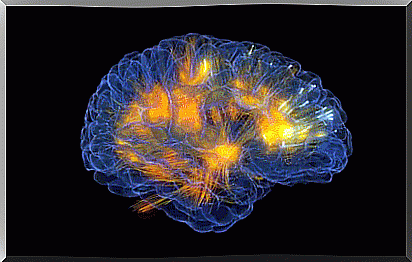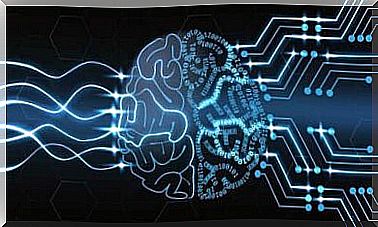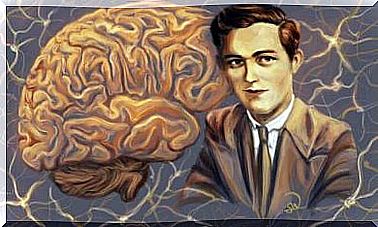Aaron Beck And His New Unified Model For Depression
The renowned cognitive psychologist Aaron Beck, known for revolutionizing our understanding of depression and treatment, has recently published an article in Clinical Psychological Science updating his theory, entitled “A Unified Model of Depression: Integrating Clinical, Cognitive, Biological and Evolutionary perspectives ”. In this article, he proposes a unified depression model based on clinical, cognitive, biological and evolutionary perspectives.
In this new unified model of depression, Beck and his colleague Keith Bredemeier, both professors at the University of Pennsylvania, have sought to integrate the findings into all of these disciplines, that is, clinical, cognitive, biological, and evolutionary, to provide, through their model, a more global and coherent explanation of depression.
With all this, they have established a new model that takes into account the symptoms and the natural course of depression, but above all, it emphasizes people’s natural tendency to get better. In this article, I will try to explain what this new unified depression model entails and what consequences it has.

What does the unified depression model entail?
This uniform model of depression is based on the premise that depression represents an adaptation to the perception of loss of the essential human resources that provide access to the basic needs of the individual’s life.
All of this means that the loss – not necessarily death – of a member of a family, partner or friend increases the risk of depression, especially in people who have other risk factors for the development of this disorder. So this loss, for these people, is more likely to be seen as a devastating and irreparable loss.
After this loss , the increased physiological reactivity and cognitive disturbances cause these people, who are generally at risk of depression, to activate their negative beliefs about themselves, the world and the future, which is classically known as the “negative cognitive triad”.
These thoughts release emotions such as sadness, anhedonia and guilt. All of these are characteristics of depression, as well as the physiological and behavioral responses that include withdrawal and inactivity.
This inactivity released from the loss makes sense: it is the result of the individual trying to save energy in light of the perception of the loss of resources from which they suffer. In other words, inactivity has a protective purpose, which plays the role of energy saving, for fear of the possibility that other needs may be threatened.
Over time, the “depression process”, which consists of saving energy, intensifies these negative thoughts. When the person isolates himself or herself, he or she loses daily reinforcements.
It is important to point out that this process can be stopped when these people recover their vital resources, whether this is due to new information that comes up and “corrects” their negative disturbances or because the situation itself changes. External factors such as support from friends and family members, the guidance of a psychotherapist, and biological treatment (such as antidepressants) can help shake the spiral of depression up by the roots.

Nevertheless, at the end of the article, Beck and Bredemeier state that they hope “that this model will motivate the further development of new (and more integrative) approaches to the treatment or prevention of depression”, which means that they can expand their unified model in future publications with new findings.
How is the unified model different from the cognitive theory of depression?
If you are unfamiliar with Aaron Beck’s cognitive theory of depression, there are at least two clear aspects that separate the two.
The first of these is the so-called “depression process”, which goes back to the evolutionary goal of inactivity and isolation that is specific to depressed people as a form of energy saving. This “conservative policy” is the consequence of feeling that you are drowning in a world of emotional loss, and thus adapting to the new situation.

This process provides a new explanation for the great success of cognitive behavioral therapies, especially those that are based on behavioral activation as an important part of treatment. These treatments help to stop this process of inactivity caused by depression.
The second advance presented by this theory has to do with the inclusion of biological elements as participants in depression. We talk about the physiological responses that are caused by the experience of loss in these people, and thus explain the function of antidepressant medication as an effective treatment for depression.









